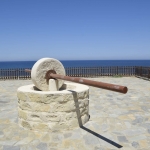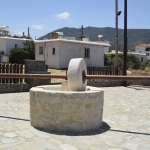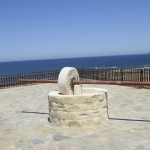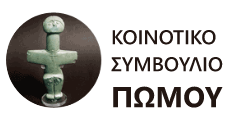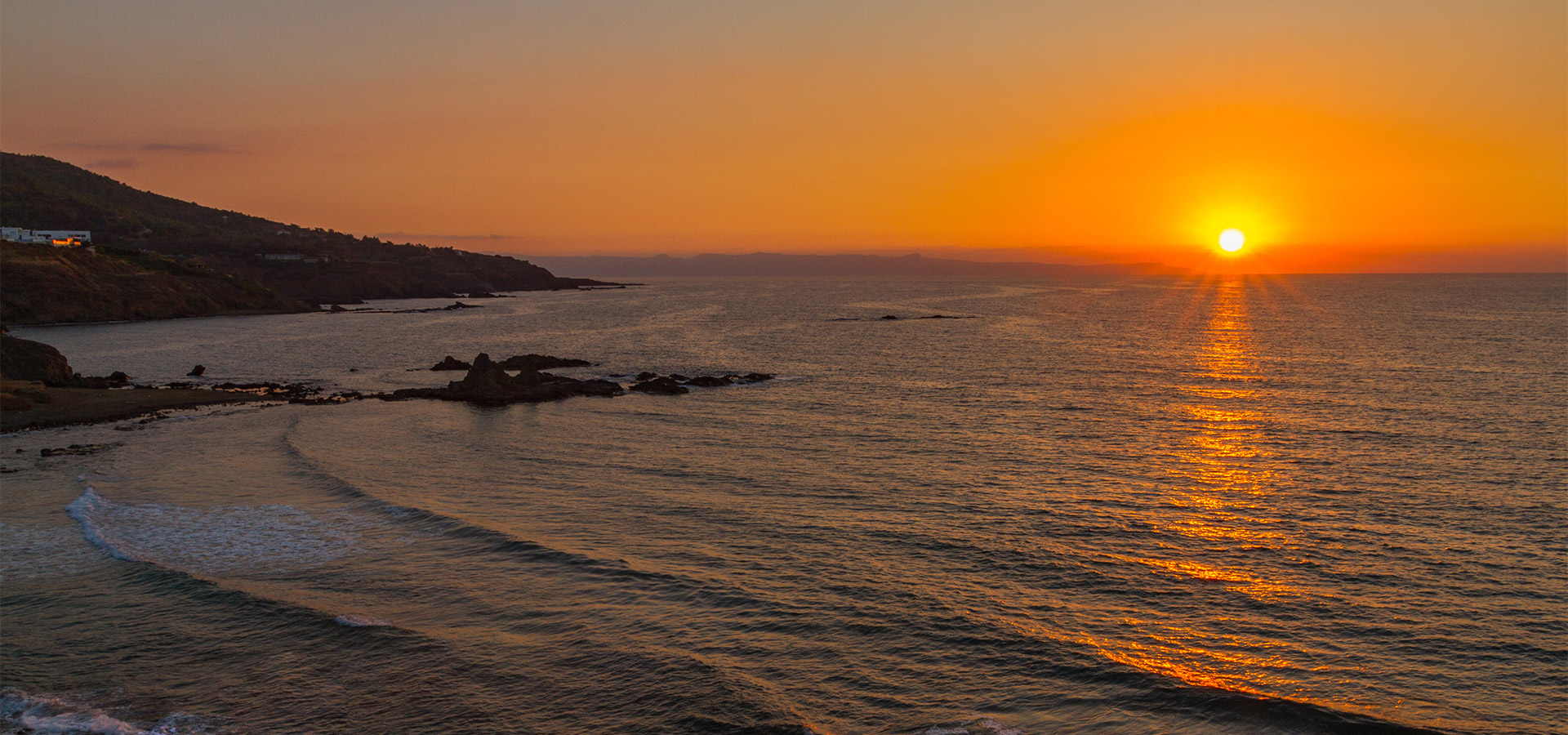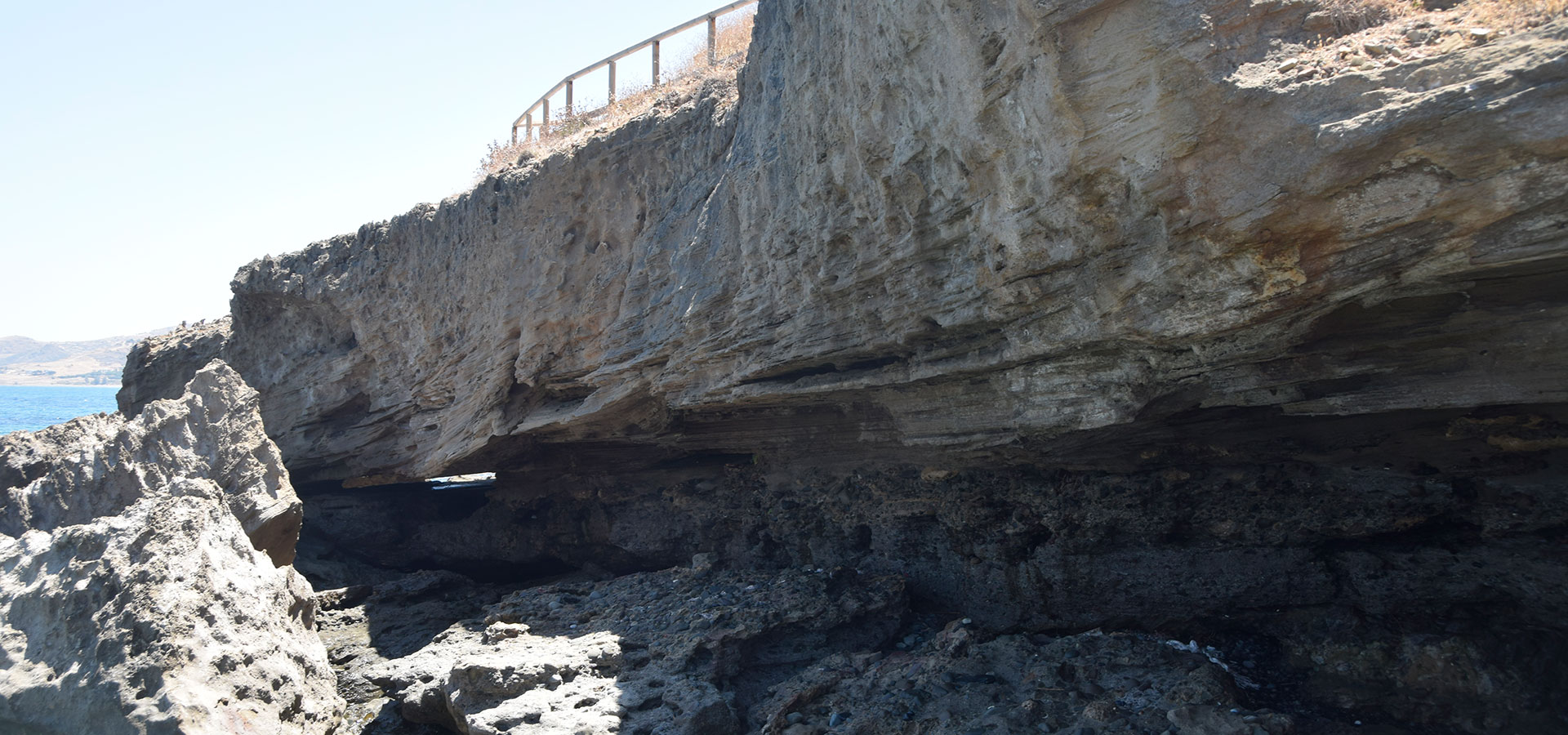History
The community of Pomos finds itself 60 kilometers of the northeasterly city of Paphos, in the geographic region of Tillyria.
The village is built next to the sea, in medium altitude of 10 meters. Roughly two and a half kilometers in the south-eastern side of the village the altitude reaches the 600 meters (locality Hill Top), and also in a distance of roughly 5 kilometers of southerly-eastern Pomos, very near to its administrative limits, Lorovounos is found, at an altitude of 670 meters.
The village of Pomos accepts a medium annual rainfall of around 440 millimeters of water and in its region they are cultivated citrus fruits, bananas, almond trees, avocado, walnut trees, olive trees, few vegetables and pistachio-nuts. In the region exist many uncultivated areas that are covered by natural vegetation such as pines and thyme. The southern side of the village is included in the government owned forest of Paphos.
As far as transportation is concerned, the village of Pomos is found next to the coastal street of Polis-Xeros. Via the street, the village of Pomos is connected in the northeastern side with the village Pachiammos (5 Km) and in the southwestern side with the village New Dimmata (5 km) and via this village with the village Polis (20 km). In the north side of the village in a distance of 2 kilometers the Cape of Pomos is found, that took its name from the village. The way from the village of Polis up to Pomos, as it is known, is considered to be the most graphic way in Cyprus.
The village is included in the Irrigatory Work of Chrysohous, by which it has been profited, during its second phase, with the irrigation of other important extents of ground in its coastal region.
The coastal position of the village contributed in the growth of fishery. In the coastal of Pomos, it functions a piscatorial shelter, which entertains the fishing boats of the residents of the region.
The village met a continuous demographic increase. In 1881 the residents of village were 183 but 100 years later the residents increased to 543. In the last inventory that took place in 2001 the residents of the community were measured to be 568.
The village existed with the same precisely name at the medieval years and in old maps it is marked as Pomo. Certain researchers and students write the village in the type Pomos, something however that is not explained etymologically. On the contrary, equitable it appears to be the writing type Pwmos, because the name of the village is considered that it has ancient Greek origin, from the word altar or “Vwmos”. It is very likely at the antiquity to existed in the region a temple of a goddess (maybe that of Venus) with a famous altar.
In the region of the village it exists an archaeological space of the prehistorically years, that still has not been investigated and studied completely. Exists also the theory that in the same region existed the legendary Cypriot ancient city of Kallinousa, that however is not confirmed in ancient literary sources and has not been supported from the archaeological research. Unique clue on the existence of such an ancient city (if it existed) was the ancient name of the cape of Pomos, that Klavdios the Ptolemaios named Kallinousa. Again, certain old investigators (as the archimandrite Kyprianos) identify the Kallinousan with the also ancient Cypriot City Alexandria , which is found marked in medieval maps as Alexandreta (Alesandreta) , in the region of Pomos.
After some existing clues they report and lead that existed in the region of Pomos some ancient settlements that were not however important cities. Is thus justified the most likely ancient origin of the name of the village.
The region of Pomos is connected likely with the arrival of Agia Eleni there, during the 14th AC century, when the mother of Constantine the Great had visited Cyprus. Once again they do not exist more certain explicit clues, except the fact that near Pomos it existed also another settlement (of the Byzantine years and the years of domination of the Franks), that was named Agia Eleni. This settlement is found in the north side of Pomos. It was destroyed during the period of the Ottoman domination.
In the village, the Virgin Mary is honored particularly. In deed, in the region there is a small monastery dedicated in the Virgin Mary the Chrysopateritsa . The monastery is found roughly 5 kilometers of the northwesterly current settlement. Today is saved only its homonym church that was reconditioned from the departm
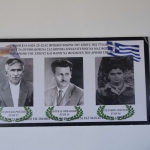
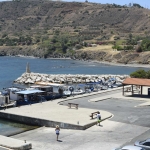

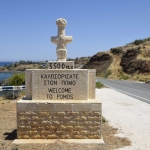
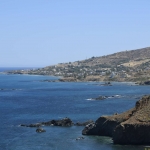
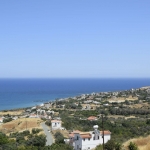
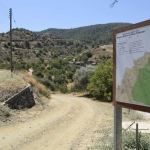
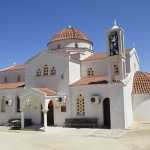
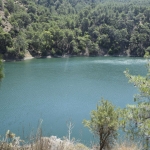
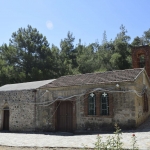
Heroes of Pomos
Tylliria Battles
According to testimonies, our fellow villagers fought against the Turks and found themselves under fire during air strikes with napalm bombs at the battles of 1964. The Napalm bombs caused great destructions and several victims. Among the victims of those days were our fellow villagers Evangelos Rousos, aged 52, Chrysanthos Dionysiou, aged 36 and Andreas Orfanides, aged 24. The three heroes were killed during an air strike in our community when Turkish planes bombed the village using napalm bombs.
Following is a brief retrospect of the events:
On August 7, 1964 the Turkish Air Force launched, for the first time, an air strike against Cyprus and panicked the residents of the island. The excuse used to justify the strike was the battles that had taken place in the area of Mansoura – Kokkina. The Turkish planes began firing against the Lake mine. Some other planes flew over Kokkina, Mansoura, Pahyammos, Pomos and Polis Chrysochous. A Turkish plane was shot down in Morfou by a mortar stationed outside the church of the community. According to an article published in Machi newspaper, the heroic village of Pomos was completely destroyed during the air strike. On August 8 and 9 the Turks did not only bomb military targets, but also residential areas all the way from Xeros up to Polis Chrysochous.
The napalm bombs caused great destructions and numerous victims. According to official reports, during the battle of Mansoura and the air strikes 53 Greek Cypriots and Greeks (25 military officers and soldiers and 28 civilians) were killed, while another 125 were wounded.
WW II Heroes
- Andreas Savva
- Prodromos Christofi Tsaousi

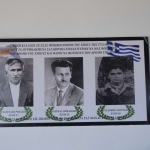
Development
Pomos is built next to the sea , in a medium height of 10 metres.The scenery of the village has an obvious leaning to the sea. There are also many uncultivated expansions of land that are covered with a variety of natural planting mostly from pines, ksistarkes (Cyprus bush) and thyme.
From a transporting view , Pomos is next to the coastal road Polis- Xerou.Through this road it is connected in the northeast with the village of Pahyamos (about 5 km) and in the southwest with the village of Nea Dimata (about 5km) and via it with the village of Polis (about 20 km).
On 2 kilometres on the north of the village there is the Akron Pomos where everything smoothes and calm. The route from the nearby village Nea Dimmata until the Akron Pomou is perhaps one of the most picturesque seaside routes. The mountain almost falls vertically in the sea, while the chutes are covered with pines and fruitful –bearing trees. Besides the lacy beaches with the numerous coves and the sharp small capes, give the scenery a unique picturesqueness .
The littoral place of the village contributed to the development of fishery and to the creation of a bigger port. In the offshore area next to the Akron Pomos, there is a fishery shelter which takes in many fish boats.
The dam of Pomos which is in the southeast of the village is made of stone and it is in the district limits of Pomos.Another important fact for the village is a great expanding land of Pomos which is mainly watered from the homonym dam with a capacity of 859.000 m³.
All the above constituted in the Tourist steam development mostly in the summer months. The creation of tourist units in the enchanting beach of the village, offered the opportunity to the foreigners but to the local people to enjoy the magic of the scenery and their calm.
Projects
Natural Environment
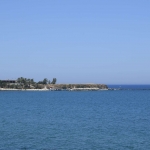
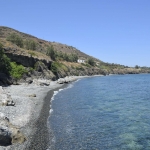
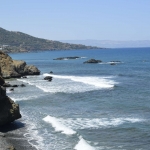
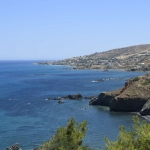
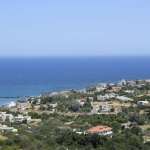
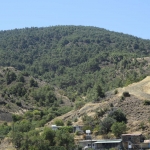
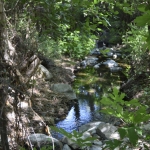

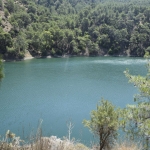
Useful Information
| Community Council | 26342084 |
| Vaggelis Stylianou – President | 99386950 |
| Elementary School | 26342073 |
| Kindergarden | 26342431 |
| Police Station of Poli Chrysochous | 26806280 |
| Fire Station of Pafos | 26806272 |
| Forest Station of Yialia | 26812740 |
| Hospital of Poli Chrysochous | 26821811 |
Community Park
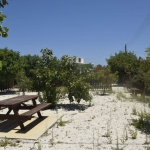
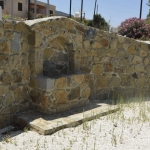
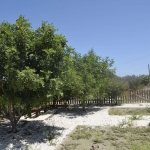
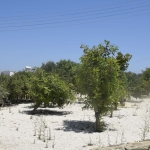
Mill
